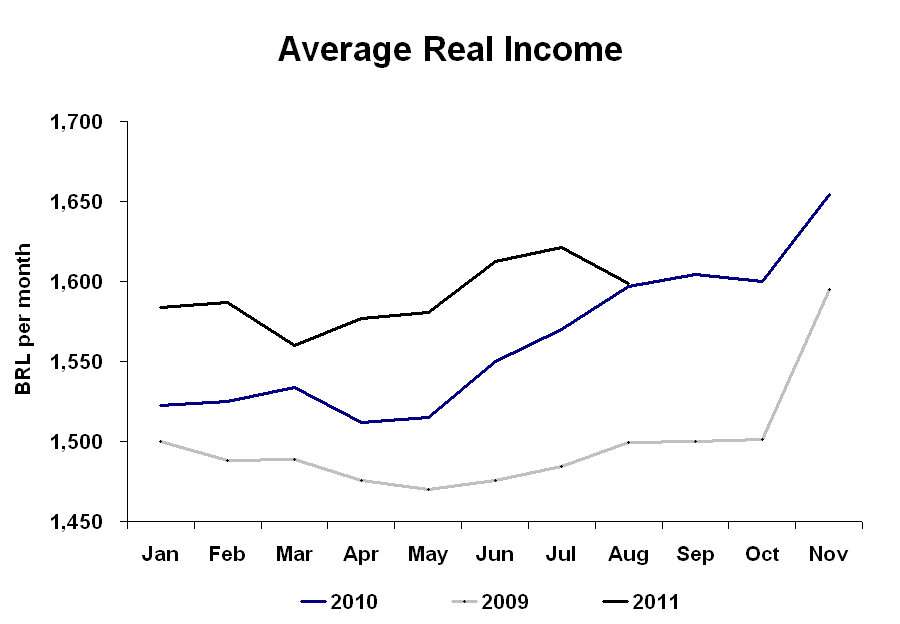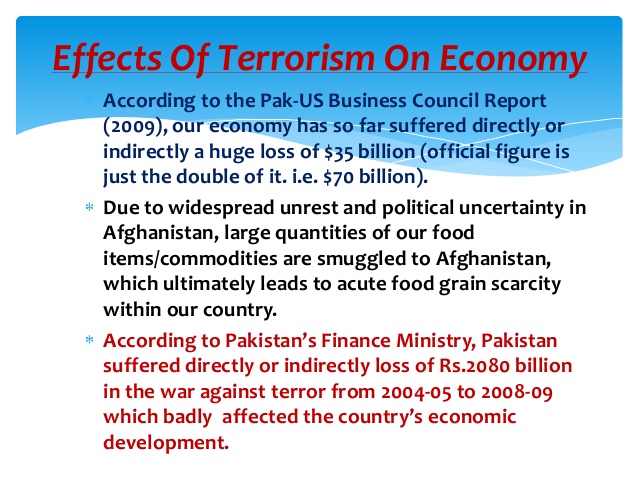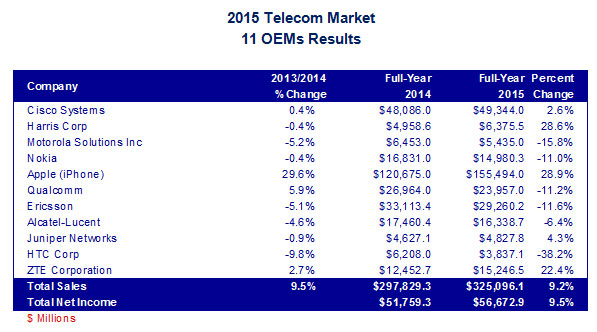Subprime Mortgage Crisis: Timeline and Economic Effect
von Conny06.September 2021

Many homeowners who couldn’t afford conventional mortgages took interest-only loans as they provided lower monthly payments. When home prices fells, many found their homes were no longer worth what they paid for them. At the same time, interest rates rose along with the fed funds rate.

Data analysis conducted by the APL Team noted conventional ARMs had double the delinquency rate of conventional fixed rate mortgages at the height of the financial crisis. In North Carolina, at the peak of the crisis, one in three subprime borrowers with an ARM was delinquent. ARMs were not the sole accelerant of the decline in house prices, rather, it was the combination of ARMs with subprime borrowers and in some cases outright fraud.
Low interest rates provided cheap credit and more people borrowed money to purchase homes. All kinds of debt were repackaged and resold as collateralized debt obligations. As housing prices declined, many homeowners who had been using their homes as ATMs found they could no longer support their lifestyle.
What caused the subprime mortgage crisis?
Loeser explains that these were harmful as ŌĆ£there was a lot of predatory lending door-to-door [selling] even to consumers [who didnŌĆÖt understand] what they were doing.ŌĆØ Throughout the 1990s to 2000s, Loeser describes how these types of practices became more commonplace. Subprime mortgages are loans given to borrowers who have bad credit. They are a high credit risk because they do not have a strong credit history.
- In their desperation to sell more mortgages, they eased up on credit requirements.
- Data shows subprime fixed rate mortgage delinquency rates largely paralleled subprime adjustable-rate mortgage delinquency rates.
- Financial institutions and investors holding MBS and CDOs were left holding trillions of dollars‘ worth of near-worthless investments.
- In response to these developments, lenders subsequently made qualifying even more difficult for high-risk and even relatively low-risk mortgage applicants, depressing housing demand further.
Most economists thought it just meant that the housing market was cooling off, though, because interest rates were reasonably low, at 6.4 percent for a 30-year fixed-rate mortgage. The subprime mortgage crisis led to the greatest financial emergency since the Wall Street Crash of 1929 and the following Great Depression. Household names such as Wall Street giants Bear Stearns and Lehman Brothers were either taken over or went bankrupt and US stocks fell by 54% over 18 months. Various actions have been taken since the crisis became apparent in August 2007. In September 2008, major instability in world financial markets increased awareness and attention to the crisis. Various agencies and regulators, as well as political officials, began to take additional, more comprehensive steps to handle the crisis.
Dictionary Entries Near subprime
They then scrambled to increase the number of loans they made to maintain the balance between assets and liabilities. In their desperation to sell more mortgages, they eased up on credit requirements. Thus, as mortgage loans were granted to these subprime families, the bank was in charge of concentrating these loans in assets that it subsequently traded on the financial markets.
- Prices fell, because the unsold inventory was 3.9 million, 38 percent higher than the prior year.
- For a summary of TARP funds provided to U.S. banks as of December 2008, see Reuters-TARP Funds.
- Banks independently decide which borrowers don’t qualify for prime mortgages, but a credit score below 660 will usually land a borrower in the „subprime“ category.
In other words, ARMs carry a floating interest rate, called a variable-rate mortgage loan. The US home ownership rate increased from 64% in 1994 (about where it had been since 1980) to an all-time high of 69.2% in 2004.[75] Subprime lending was a major contributor subprime crisis meaning to this increase in home ownership rates and in the overall demand for housing, which drove prices higher. Investors wanted investments that were low risk but earned high returns like an MBS. It’s difficult to predict when the housing market will be at risk.
Housing market
Stated income and stated asset (SISA) loans and no income, no asset (NINA) loans, for example, are loans where the lender doesn’t verify all of the information the applicant supplies but essentially takes their word for it. These examples are programmatically compiled from various online sources to illustrate current usage of the word ‚subprime.‘ Any opinions expressed in the examples do not represent those of Merriam-Webster or its editors. The Ascent is a Motley Fool service that rates and reviews essential products for your everyday money matters.
Prime mortgage interest rates are the rates at which banks and other mortgage lenders may lend money to customers with the best credit histories. More often, subprime mortgage loans are adjustable rate mortgages (ARMs). A subprime mortgage is generally a loan that is meant to be offered to prospective borrowers with impaired credit records. The higher interest rate is intended to compensate the lender for accepting the greater risk in lending to such borrowers. The interest rate on subprime and prime ARMs can rise significantly over time.
Subprime mortgage crisis
When house prices began to fall in 2006, the demand for subprime MBS evaporated, and those institutions with a large exposure to these products suffered astonishing losses. This crisis is called subprime, since financial institutions concentrated a large amount of „toxic assets“ on their balance sheets. These loans, before the real estate bubble that the economy was going through, fell into default, causing the depreciation of these assets. The low interest rates presented by the North American economy at that time led to massive indebtedness of families. In addition, in a scenario in which the home experienced an overvaluation scenario. Credit default swaps (CDS) are financial instruments used as a hedge and protection for debtholders, in particular MBS investors, from the risk of default, or by speculators to profit from default.

Credit rating agencies have also developed new credit scoring methodologies for such borrowers. For example, the VantageScore 4.0 model will assign a score to borrowers with a credit history shorter than the six months required by most other scoring models. That has helped to increase the available offerings for some subprime borrowers. Subprime is a credit classification for borrowers with a tarnished or limited credit history and for loans made to such borrowers.
He stated that the „combined effect of these factors was a financial system vulnerable to self-reinforcing asset price and credit cycles.“[26]
Krugman described the run on the shadow banking system as the „core of what happened“ to cause the crisis. Another myth is that the Community Reinvestment Act created the crisis. That’s because it pushed banks to lend more to poor neighborhoods.

As foreclosures increased, repossessions multiplied, boosting the number of homes being sold into a weakened housing market. This was compounded by attempts by delinquent borrowers to try to sell their homes to avoid foreclosure, sometimes in ŌĆ£short sales,ŌĆØ in which lenders accept limited losses if homes were sold for less than the mortgage owed. The subprime mortgage crisis originated in the United States and from 2007 to 2010 developed into a full-blown financial crisis that caused panic around the world.
AAA (credit rating)
That will stabilize the now-uncertain value of the home equity that acts as a buffer for all home mortgages, but most importantly for those held as collateral for residential mortgage-backed securities. Very large losses will, no doubt, be taken as a consequence of the crisis. But after a period of protracted adjustment, the U.S. economy, and the world economy more generally, will be able to get back to business. If the banks were forced to mark their value down, it would have triggered the default clauses of their derivatives contracts. The contracts required coverage from credit default swaps insurance when the MBS value reached a certain level. It would have wiped out all the largest banking institutions in the world.
As many borrowers were losing their jobs, their mortgage payments were going up at the same time. Without a job, it was nearly impossible to refinance the mortgage to a lower fixed rate. These mortgages enticed borrowers with a below market interest rate for some predetermined period, followed by market interest rates for the remainder of the mortgage’s term. The subprime mortgage crisis severely weakened the global financial system.
When U.S. home prices declined steeply after peaking in mid-2006, it became more difficult for borrowers to refinance their loans. As adjustable-rate mortgages began to reset at higher interest rates (causing higher monthly payments), mortgage delinquencies soared. Securities backed with mortgages, including subprime mortgages, widely held by financial firms globally, lost most of their value.
U.S. Recession Appears Less Likely, Economists Say – The New York Times
U.S. Recession Appears Less Likely, Economists Say.
Posted: Wed, 19 Jul 2023 07:00:00 GMT [source]
After the Fed raised interest rates, home buyers were unable to afford their mortgage payments. Credit agencies had conflicts of interest and did not give the proper ratings many believed the subprime mortgages deserved. When asset prices fell, the banks had to write down the value of their subprime securities. Now banks needed to lend less to make sure their liabilities weren’t greater than their assets.
Artikel gespeichert unter: Hochzeits News






Ihr Kommentar
Folgende HTML-Tags sind erlaubt:
<b> <em> <i> <p>
Kommentare als RSS Feed abonnieren